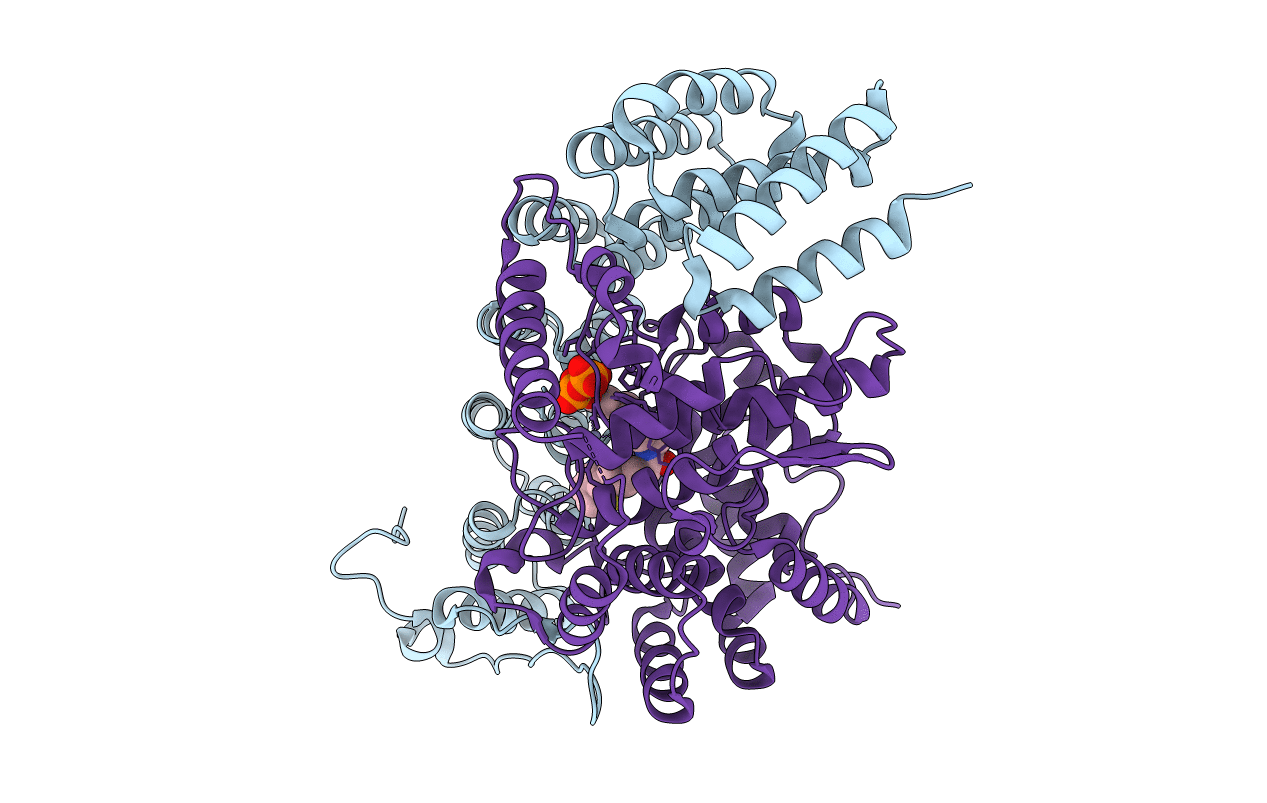
Deposition Date
2008-10-09
Release Date
2009-07-07
Last Version Date
2023-11-01
Entry Detail
PDB ID:
3EU5
Keywords:
Title:
Crystal structure of FTase(ALPHA-subunit; BETA-subunit DELTA C10) in complex with BiotinGPP
Biological Source:
Source Organism:
Rattus norvegicus (Taxon ID: 10116)
Host Organism:
Method Details:
Experimental Method:
Resolution:
2.80 Å
R-Value Free:
0.20
R-Value Work:
0.15
R-Value Observed:
0.15
Space Group:
P 61


